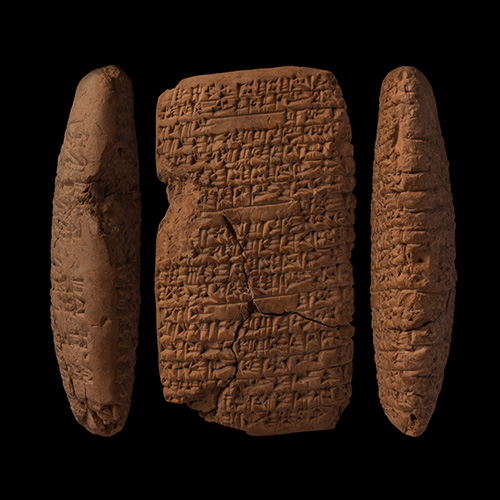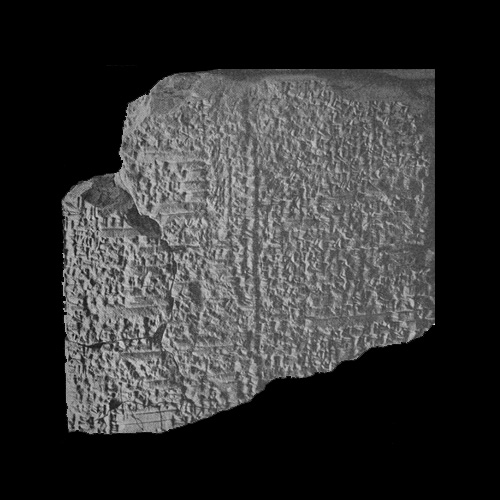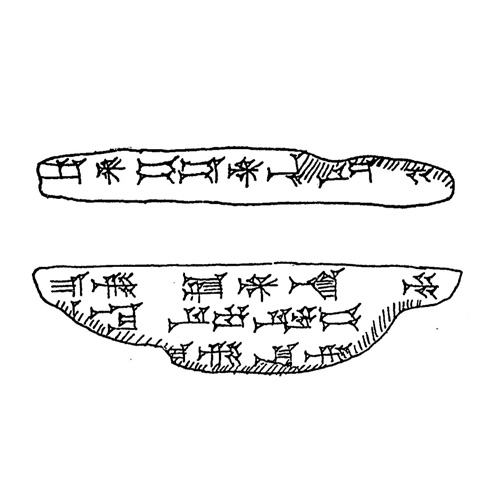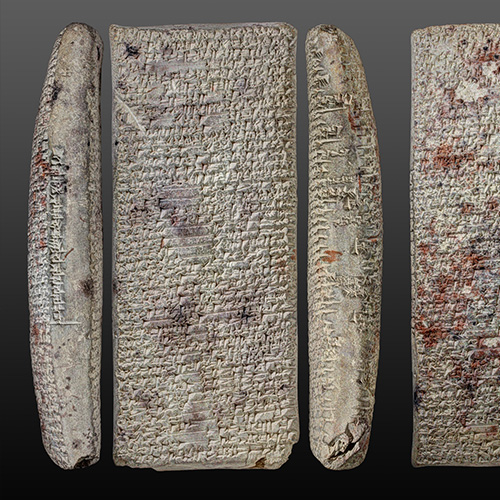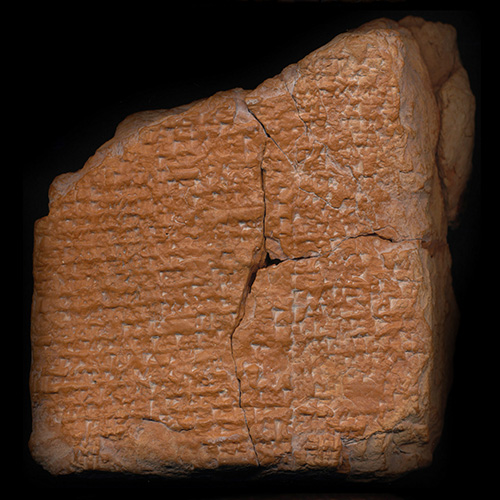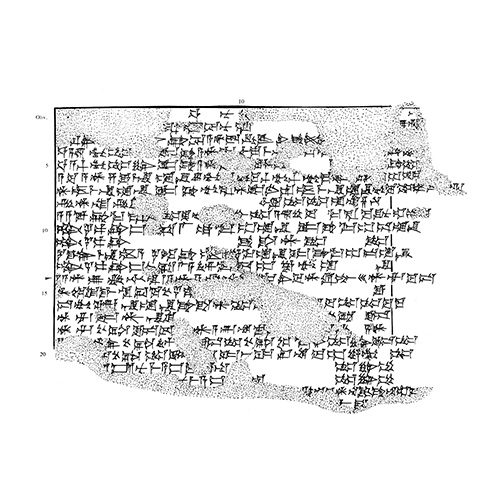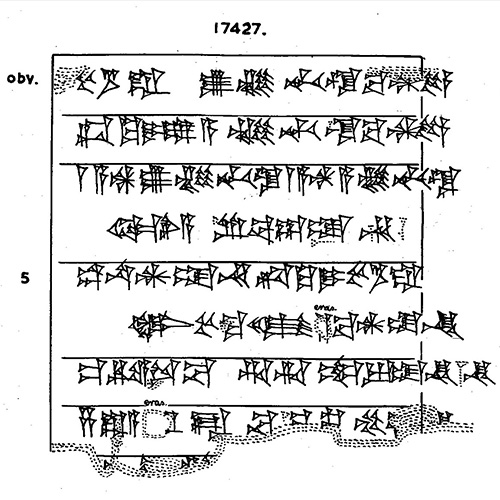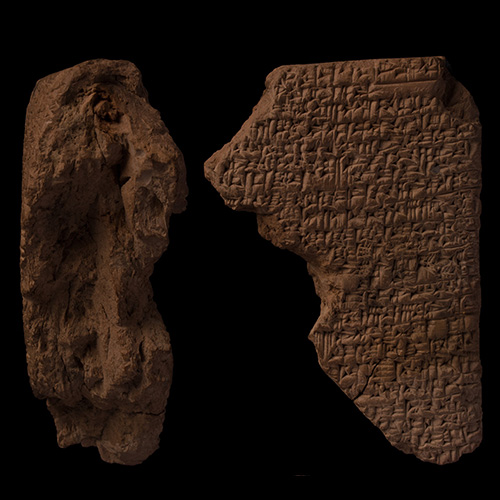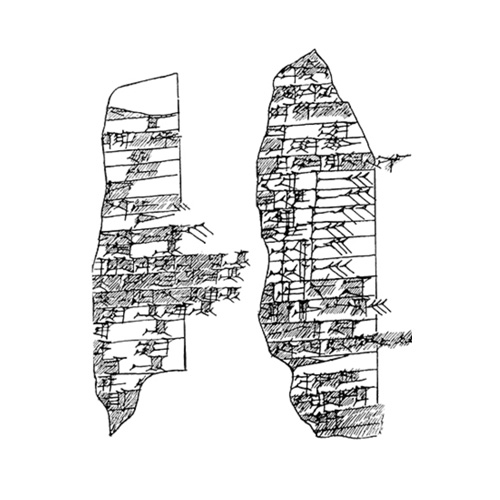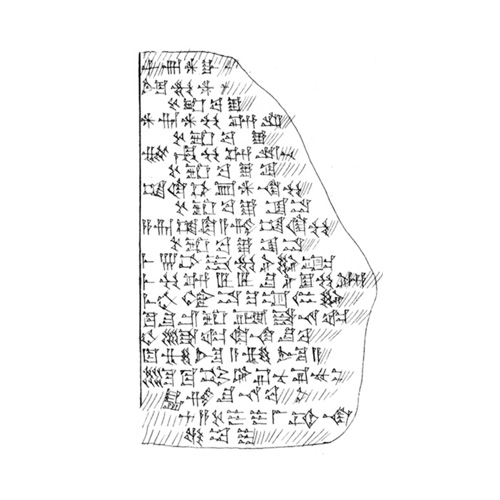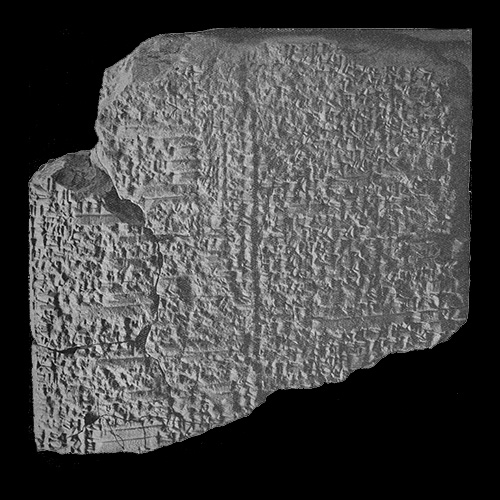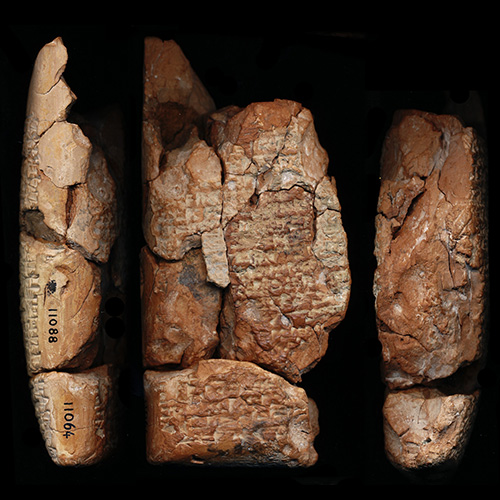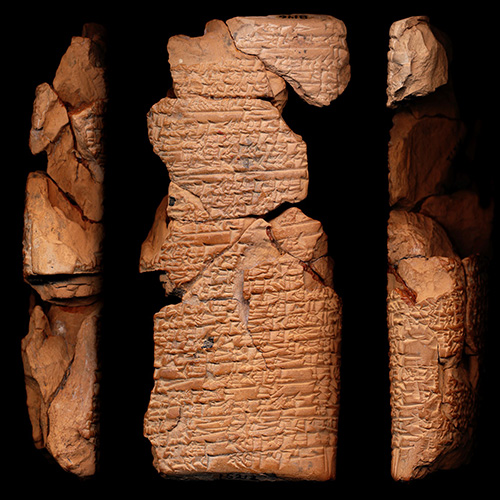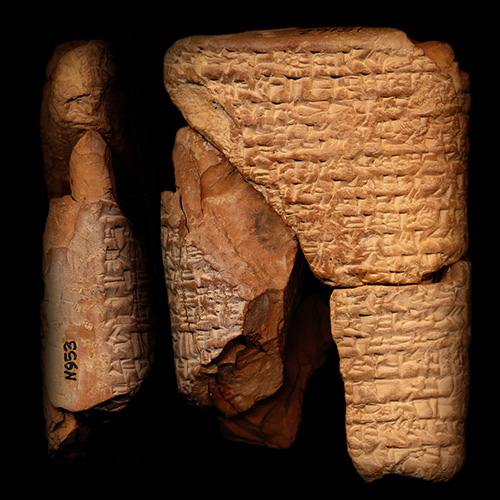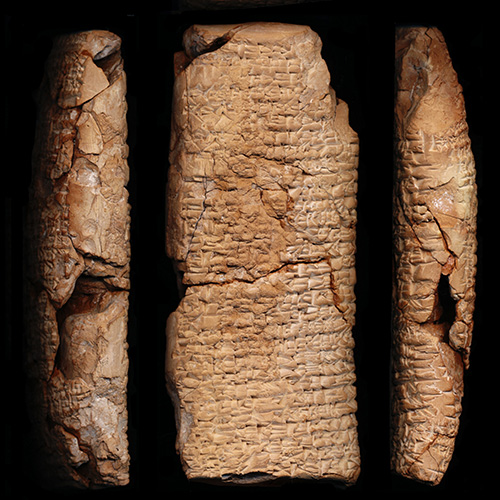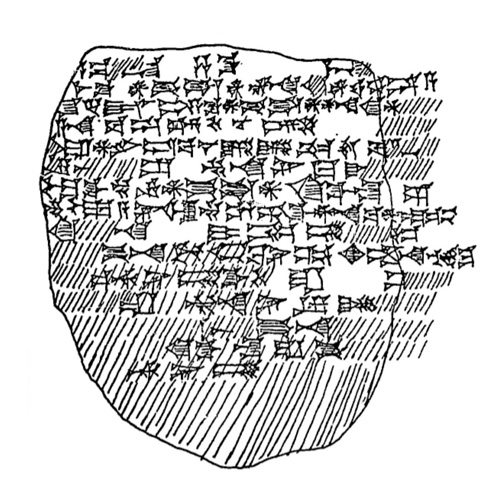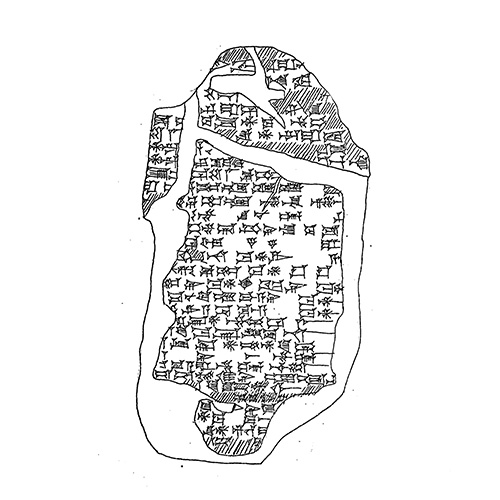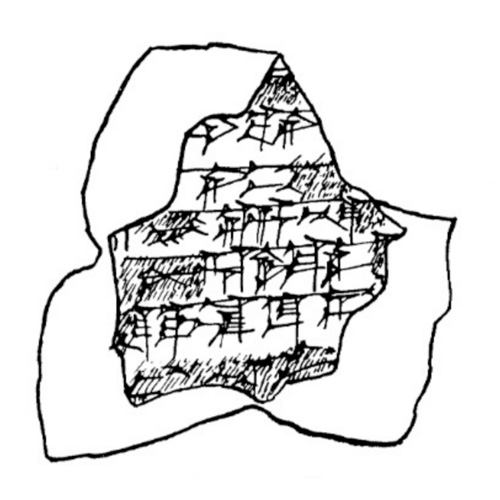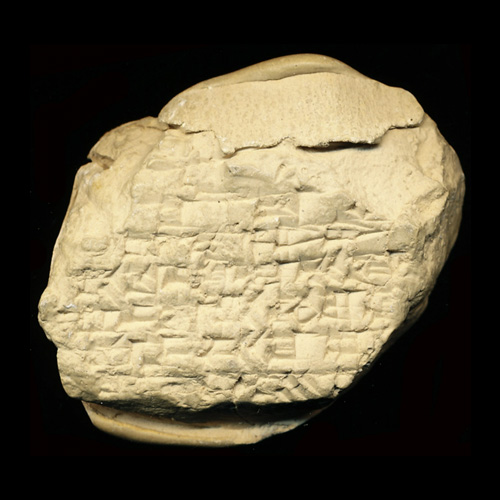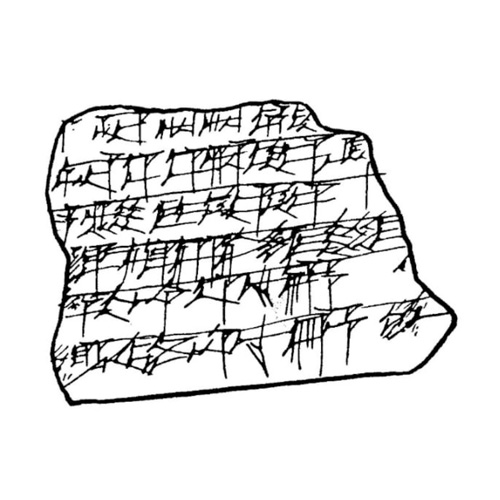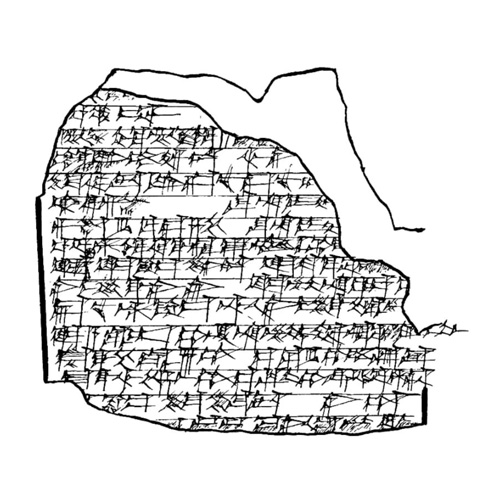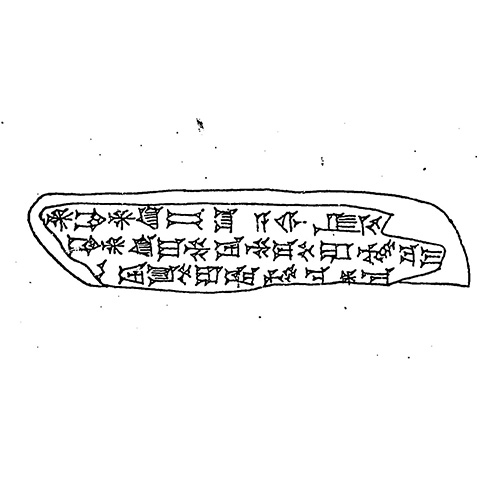About
"Inanna's Descent" is a Ph.D. dissertation created by William R. Sladek in 1974. It is focused on "Inanna's Descent," a Sumerian afterlife myth, and includes a full translation and transliteration of the myth. Sladek published this work while earning his Ph.D. at Johns Hopkins University in Baltimore, Maryland, USA. His 1974 publication includes comprehensive translations of seven artifacts that were previously neglected from the full translation of the 412 line myth. His contribution to the scholarship of "Inanna's Descent" is very well-regarded by other cuneiform scholars, despite the fact that he did not actively continue publishing more work on the same topic.
Source: OMNIKA
Access
Read for free
External sources
Primary
Myth
Inanna descends from the great above to the great below. She abandons several temples and heads for open country. She gives precise instructions to her companion—Ninsubur: Inanna says "if I don't return in three days, go to the temples and plead on my behalf." At the netherworld she enters and goes through seven gates before she is turned into a corpse. Ninsubur follows the instructions and tells Inanna's father Enkil what happened. He helps her by sending two a-sexual creatures to sneak in and bring her back to life. Once Inanna is alive she ascends while being escorted by demons from the netherworld. The demons allow her to trade her husband Dumuzi in her place.
Belief system
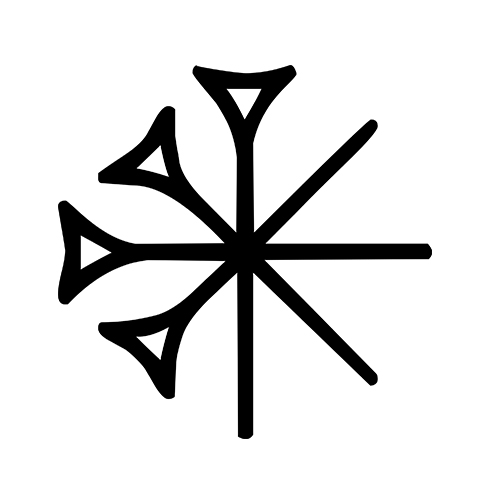
Sumerian religion refers to spiritual beliefs practiced from ca. 4500-1900 BCE in Mesopotamia, or modern-day southern Iraq. Many deities were diffused into other Mesopotamian cultures.
Deity

Inanna (Sumerian: 𒀭𒈹) was one of the oldest deities in the Sumerian pantheon. She was later adapted into the Akkadian pantheon of deities under the name Ištar.
Translation

"Inanna's Descent" is an English translation of the Inanna's Descent to the Netherworld afterlife myth. It was published by William R. Sladek in 1974 as part of a Ph.D. at Johns Hopkins University. Chapter IX (9) of the work includes a translation of the original text from Sumerian cuneiform to English. The poem is 412 lines long.
Myths cited
It looks like only the main myth was referenced in this work.
Belief systems cited
It looks like only the main belief system was referenced in this work.
Artifacts cited
Library works
Website · 1997

The The Electronic Text Corpus of Sumerian Literature (ETCSL) is a digital project sponsored and hosted by the University of Oxford (Faculty of Oriental Studies). It contains ancient Sumerian literature that includes myths, proverbs, letters, king lists, and more. The project was started in 1997, led by Jeremy Black, and funding for it ended in 2006.
Seminar paper · 2019
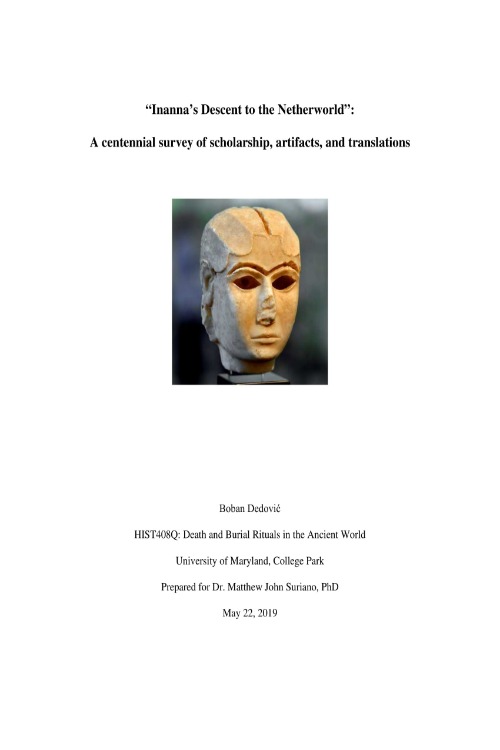
"Inanna's Descent" outlines all the scholarship related to the Sumerian afterlife myth named "Inanna's descent to the netherworld." The work contains a chronological survey of the scholarship, as well as an appendix of over forty artifact pictures and citation details. The work was produced by Dedović while he was studying death and burial rituals in the ancient world at the University of Maryland, College Park, MD.
News article · 2019
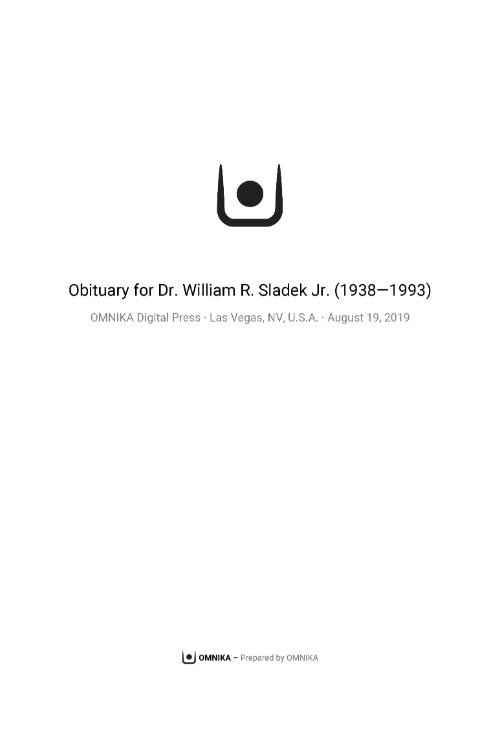
Dr. William R. Sladek passed away on November 6, 1993, at his home. He was a scholar and professor who contributed to the humanities. He earned his PhD at Johns Hopkins University in 1974 and published a dissertation on "Inanna's Descent to the Netherworld," a Sumerian afterlife myth. In this publication, he contributed important artifact findings as well as a comprehensive translation of the myth. Dr. Sladek taught in Maryland (University of Maryland, Baltimore Campus) while living in Pennsylvania. At the time of his obituary, he was survived by a son, Michael E. Sladek of Felton RD 1; a brother, Dr. Robert Sladek of Orange Park, Fla.; and a sister, Barbara Wallace of Silver Spring, Md. His obituary was originally published in the York Daily Record.
Contributor

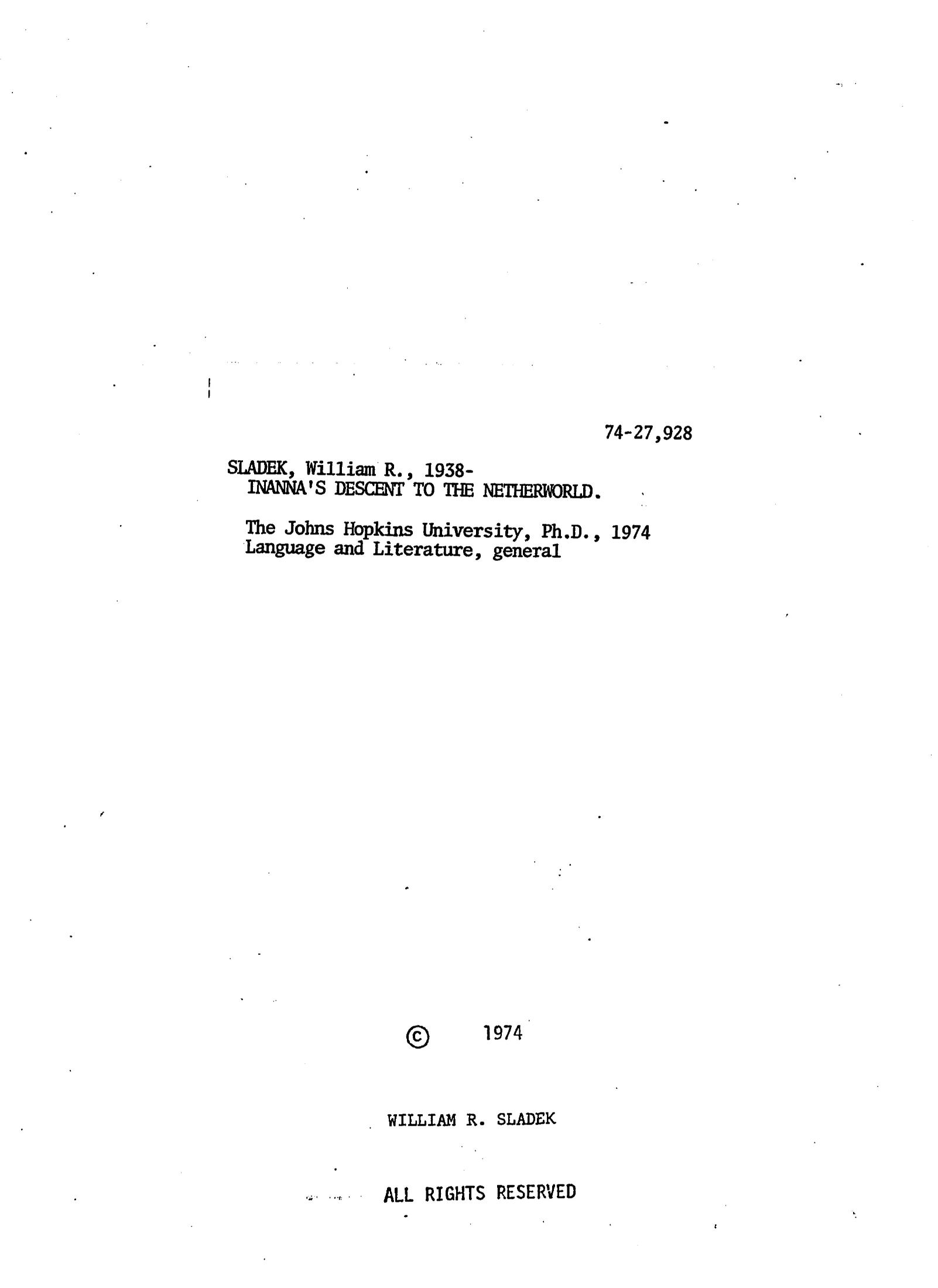
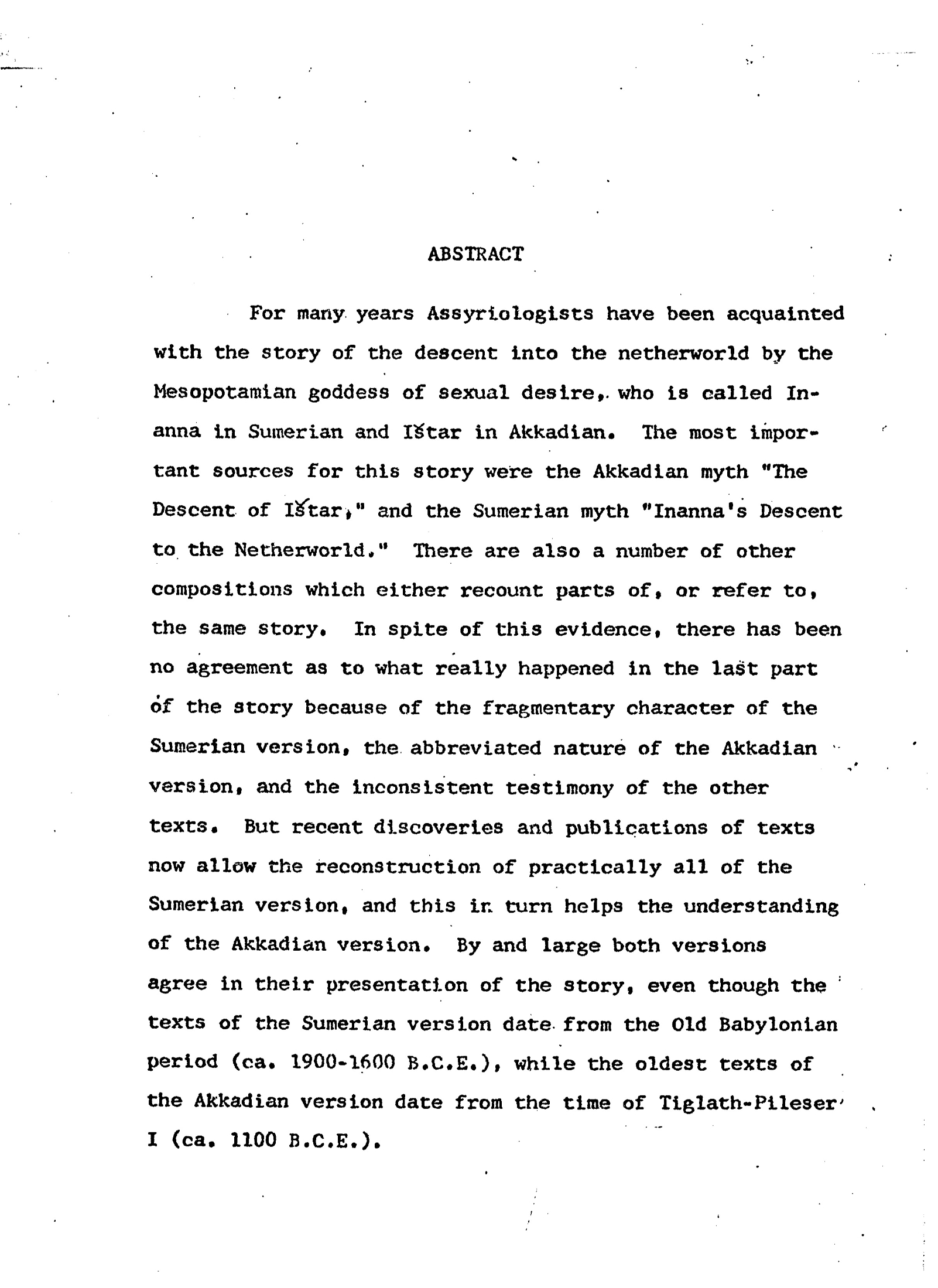

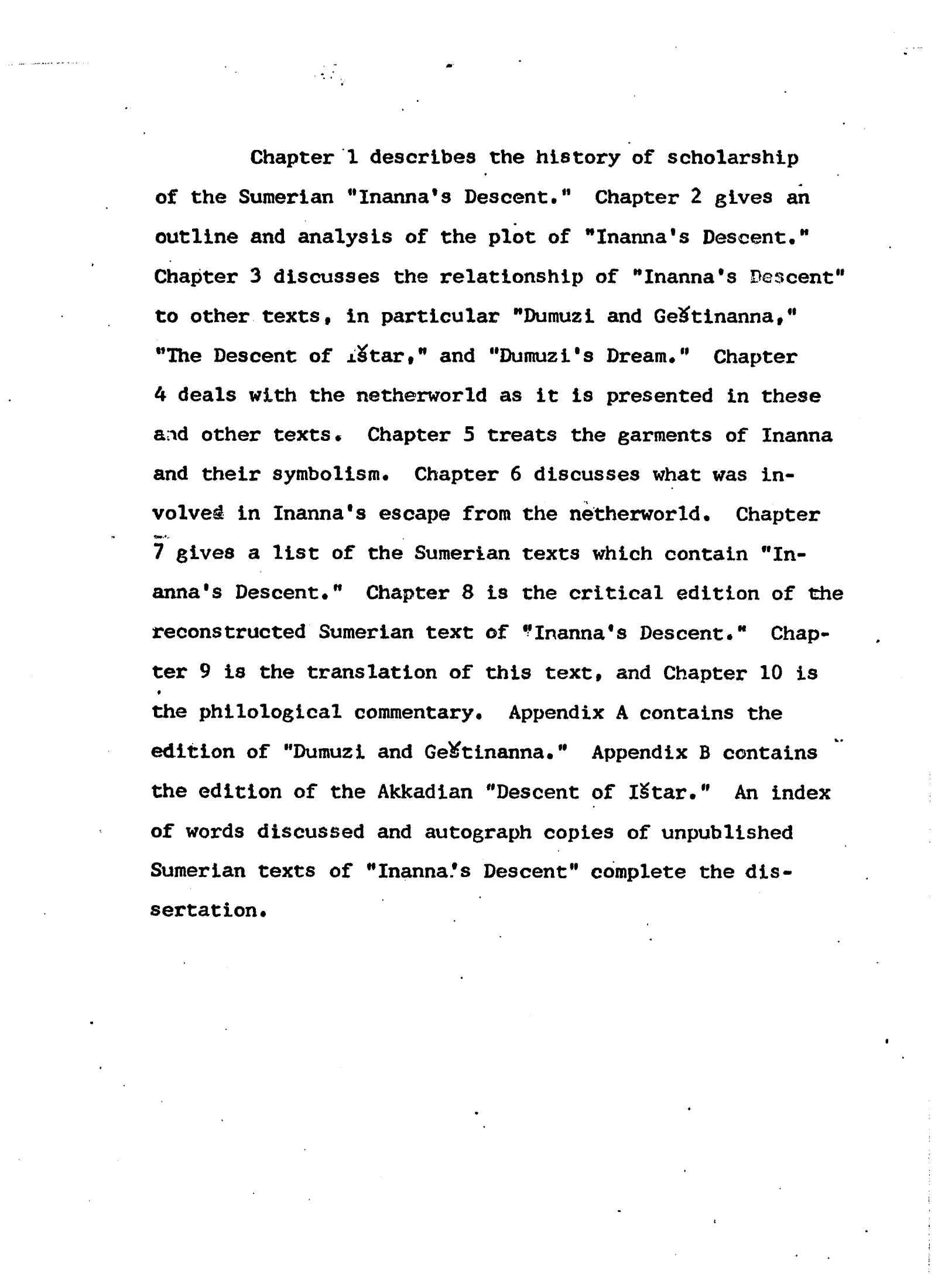
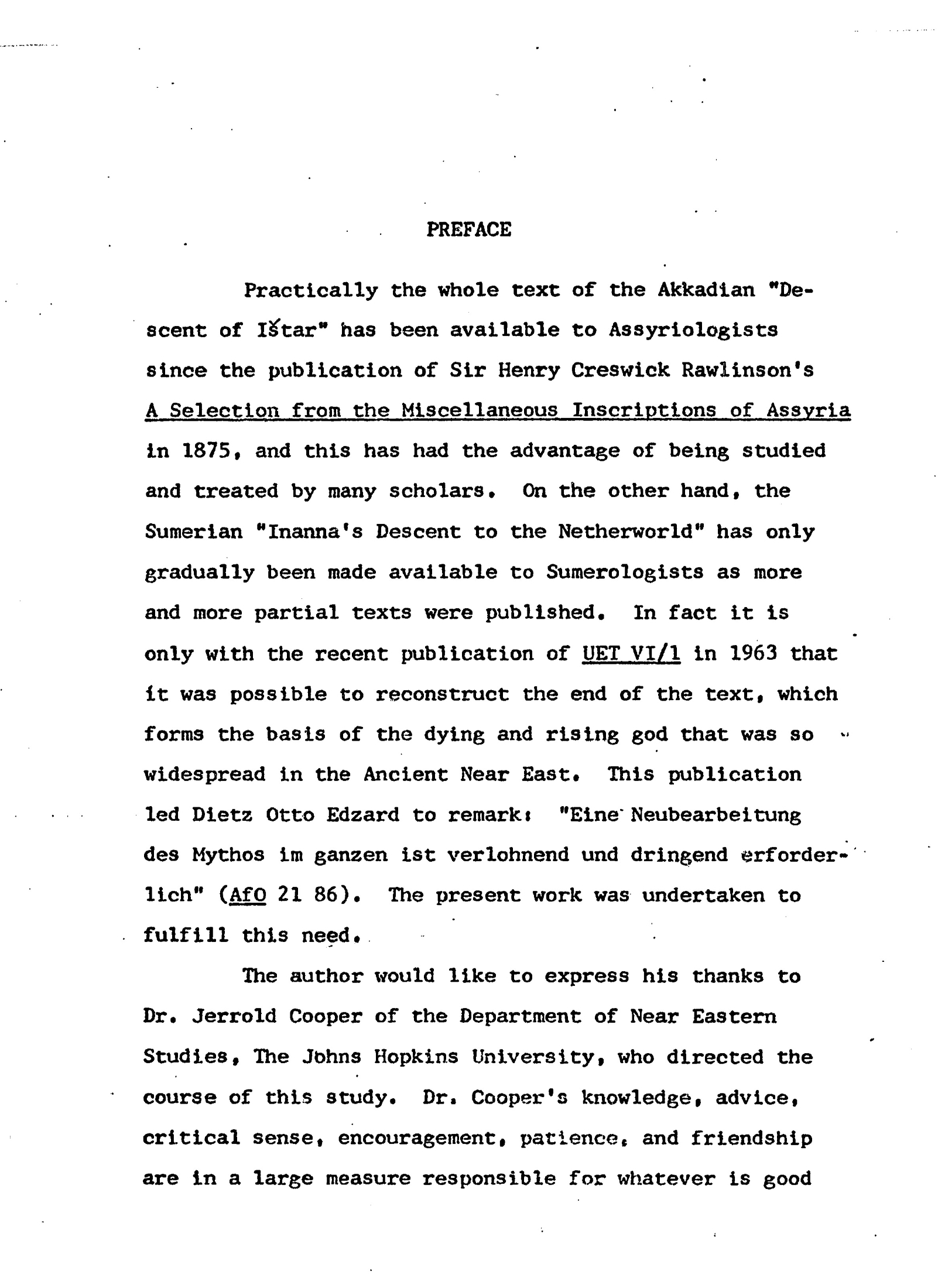


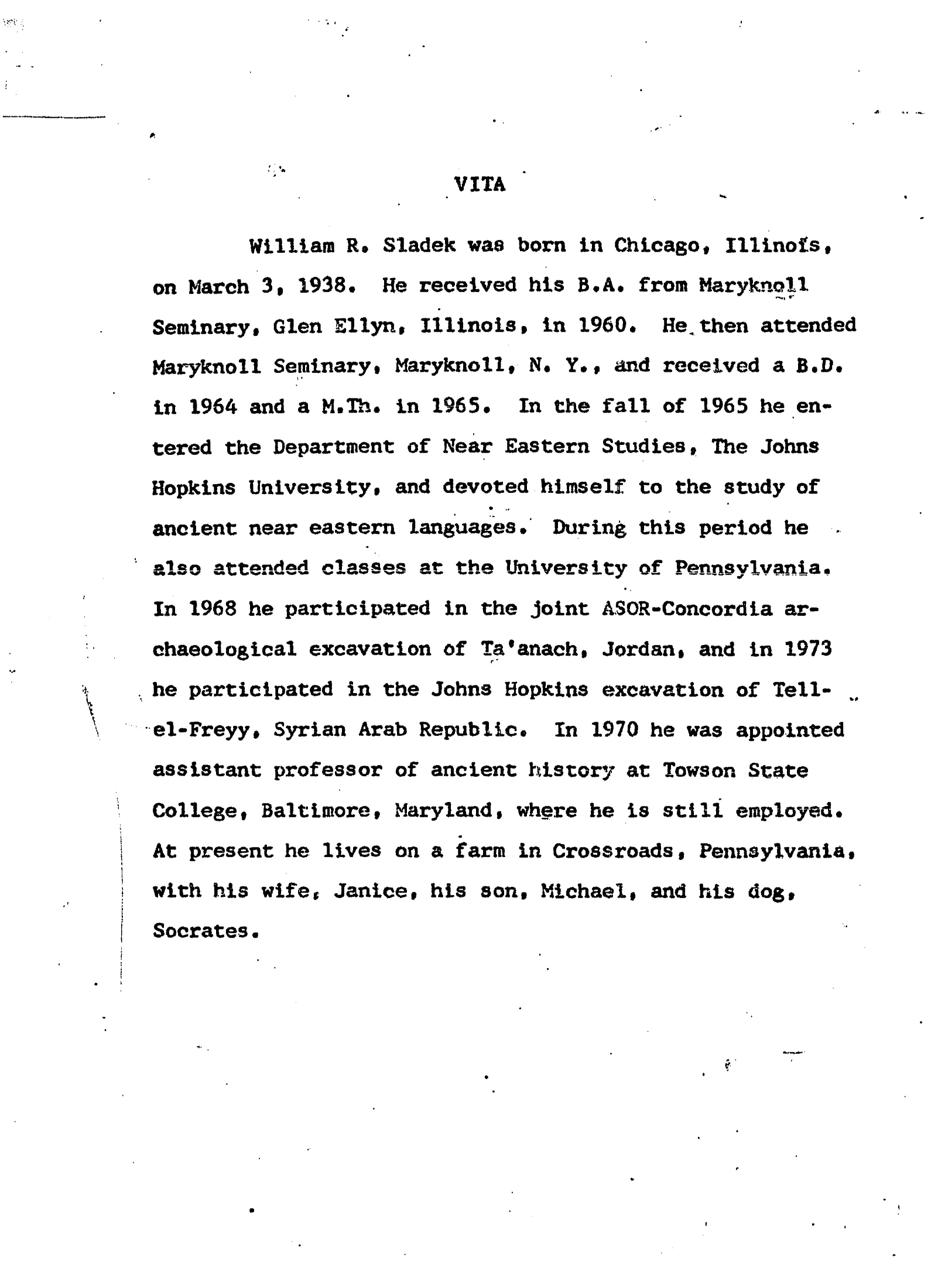
Cite this work
ChicagoSladek, William R. "Inanna's Descent to the Netherworld: A dissertation submitted to the Johns Hopkins University in conformity with the requirements for the degree of Doctor of Philosophy." PhD diss., Johns Hopkins University, 1974.
